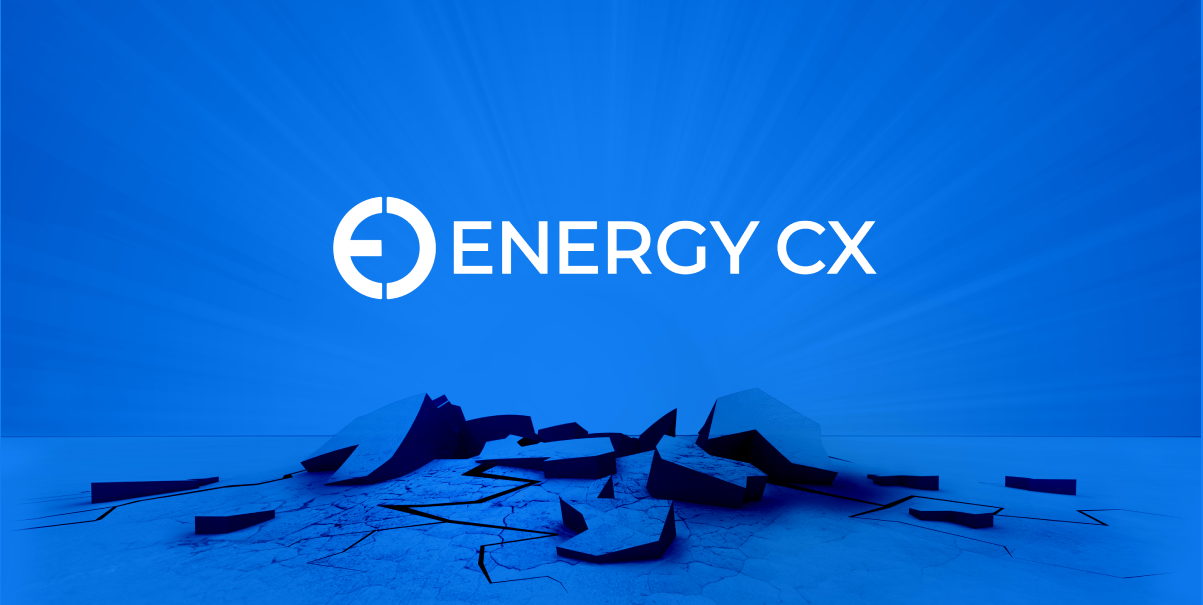Energy Chain Reactions: Unpacking the 2022 Market Turbulence
Energy Volatility
The US energy market has weathered a storm of fluctuating prices and increased volatility, stemming from international conflicts and shifting energy sources. While 2023 has offered a reprieve, the path forward presents challenges that require proactive measures to maintain favorable energy prices and ensure a stable energy future for the United States.
The 2022 Energy Roller Coaster
In 2022, the United States found itself in the midst of an energy market rollercoaster, characterized by soaring prices and increased volatility. This turbulence was primarily attributed to a combination of factors, with the Russia/Ukraine conflict taking the lead.
The Russia-Ukraine Connection
As Russia's gas supply to the global market dwindled, the United States stepped up as the world's largest exporter of natural gas to Europe. While this shift brought prosperity, it also came at a cost, driving up US gas prices and linking them to the more expensive European market.
Energy Chain Reactions
This interconnection of trade led to a chain reaction that culminated in the August of 2022. A critical factor in this equation is that natural gas is the primary fuel source for electricity production in the US, making the escalation of electricity costs an unavoidable consequence.
Changing Seasons, Changing Energy Prices
Emerging from this tumultuous summer, the energy market continued to grapple with the repercussions of the year's first nine months. US gas supplies had diminished, and meteorologists predicted a harsh winter.
However, the reality proved otherwise, as the winter turned out to be the fifth warmest since 1950. This unexpected turn of events brought a much-needed respite for consumers, as US natural gas producers set new records for daily production. This fortunate alignment of supply and demand helped bring down energy prices from their 2022 peaks. Subsequently, a mild spring maintained relatively lower energy prices in 2023.
The Road Ahead
As we arrive in November 2023, we find ourselves at a crossroads. While the year began on a promising note with reduced prices, beneath the surface, circumstances are aligning for future price hikes. To better understand this looming reality, consider an analogy where high electricity prices are congested traffic and low prices are smooth-flowing traffic.
The Changing Energy Landscape
As we journey through the energy landscape, we've witnessed a surge in the number of 'vehicles' on the energy highway. This surge represents the growing electricity demand driven by factors such as building electrification and the adoption of electric vehicles from 2020 to the present.
However, simultaneously, we've seen the closing of several traditional 'lanes' like coal and fuel oil. These have been replaced by modern 'toll roads' such as wind and solar, which, like unpredictable weather, may intermittently open or close. The result? A landscape where not only has the cost of 'travel' increased slightly, but it's also frequently susceptible to congestion. This is the energy reality we grapple with in America today.
It's imperative that we secure the favorable price assumptions currently reflected in rates, rather than waiting for the inevitable upward shift in prices and circumstances.
See how Energy CX can help you today.



.png)